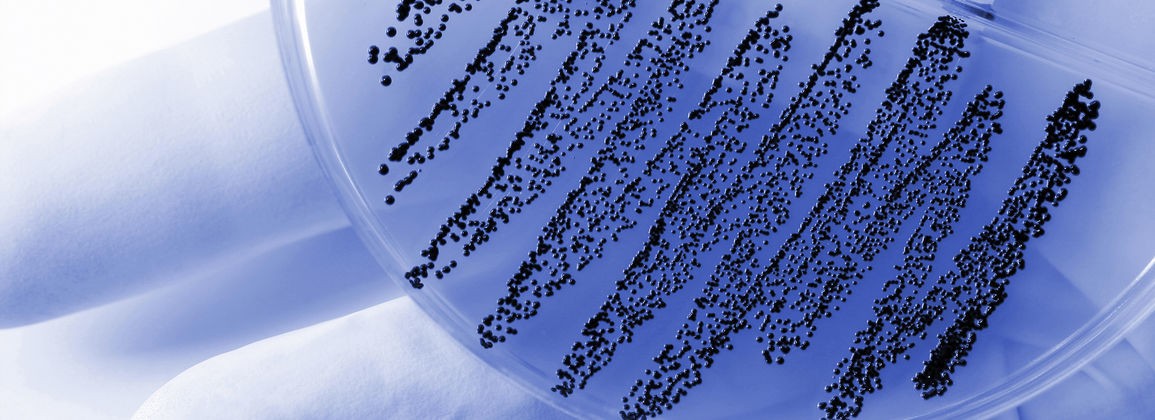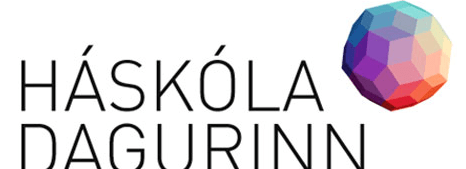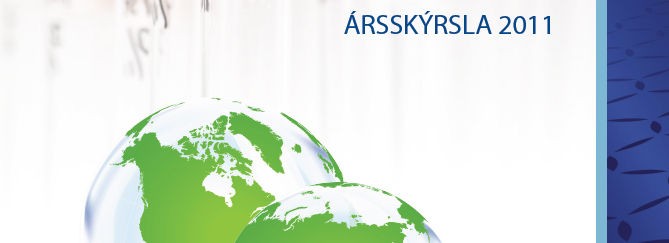Processing in small fishing vessels
Proper bleeding of catfish can have a significant impact on the quality of the products produced. It has been shown that there can be a big difference in the quality of well-drained fish and bad-blooded fish, and this effect can be observed after freezing of products. In this project, equipment was developed that could be used in small boats, but would ensure that all fish caught on the line receive the same treatment and sufficient time in heavy sea changes during bloodshed. A total of three trips were made with Gesti ÍS, a 10 ton liner made from Suðureyri and made by Fiskvinnsla Íslandssaga. In the last move, a new device, Rotex equipment from 3X Technology, was tested. The result is promising and the crew agreed that the equipment met all their requirements and the result clearly indicates that the quality of landed catch has improved. The ice scraper in the tanks in which the fish is stored until it is processed is clean and clear, but not mixed with blood and contaminated waste from the fish's stomach.
Proper bleeding of cod ‐ fish may have a significant impact on product quality. It has been shown that proper bleeding of fish can have a great difference on product quality, even after the products have been frozen. This project was to design equipments which could be used in small fishing vessels, and would ensure that all long ‐ line catch would receive equal handling regarding to bleeding processes. Three trips were made on Gestur IS, which is a 10 tons long ‐ line fishing vessel operated from Sudureyri and run by Icelandic Saga. The third and last of this test trips, a new equipment from 3X Technology, Rotex mechanism, was tested. The result looks promising and the crew agreed that the machine meets all their requirements and the result gives a clear indication of increased quality of the catch. The slush ice in the fish tubs are kept tide and clean, and devoid of blood water and other smutch from the bleeding operation, often contaminated by guts.








